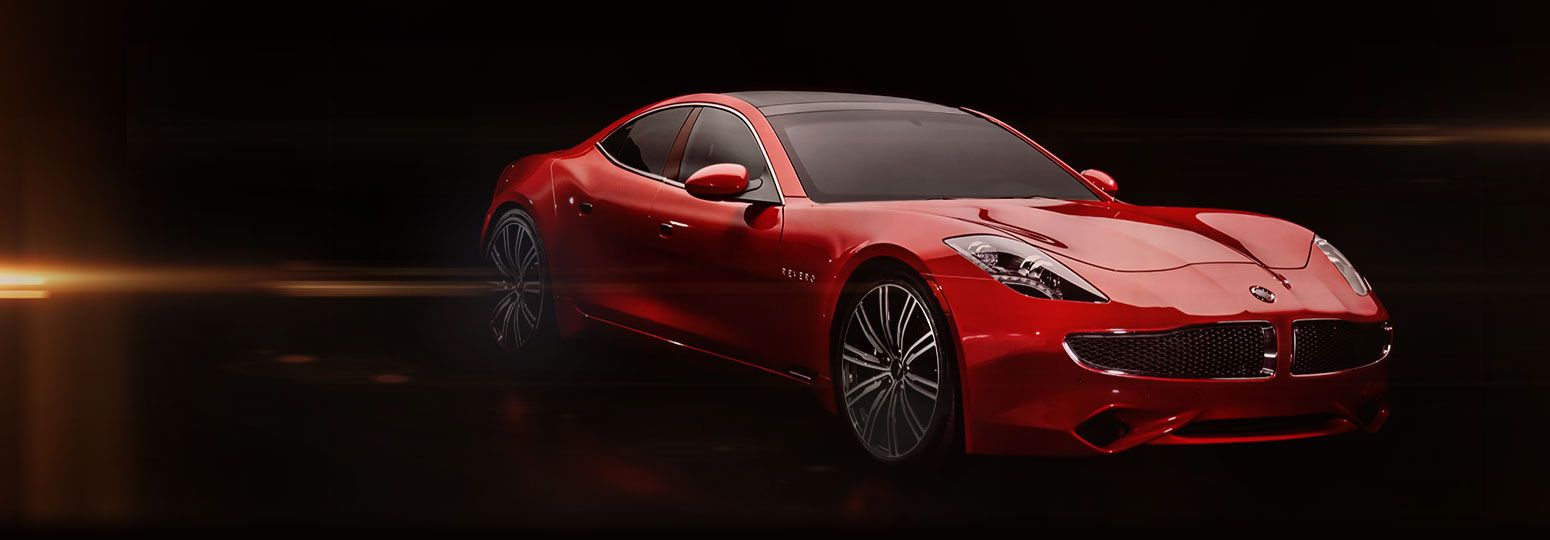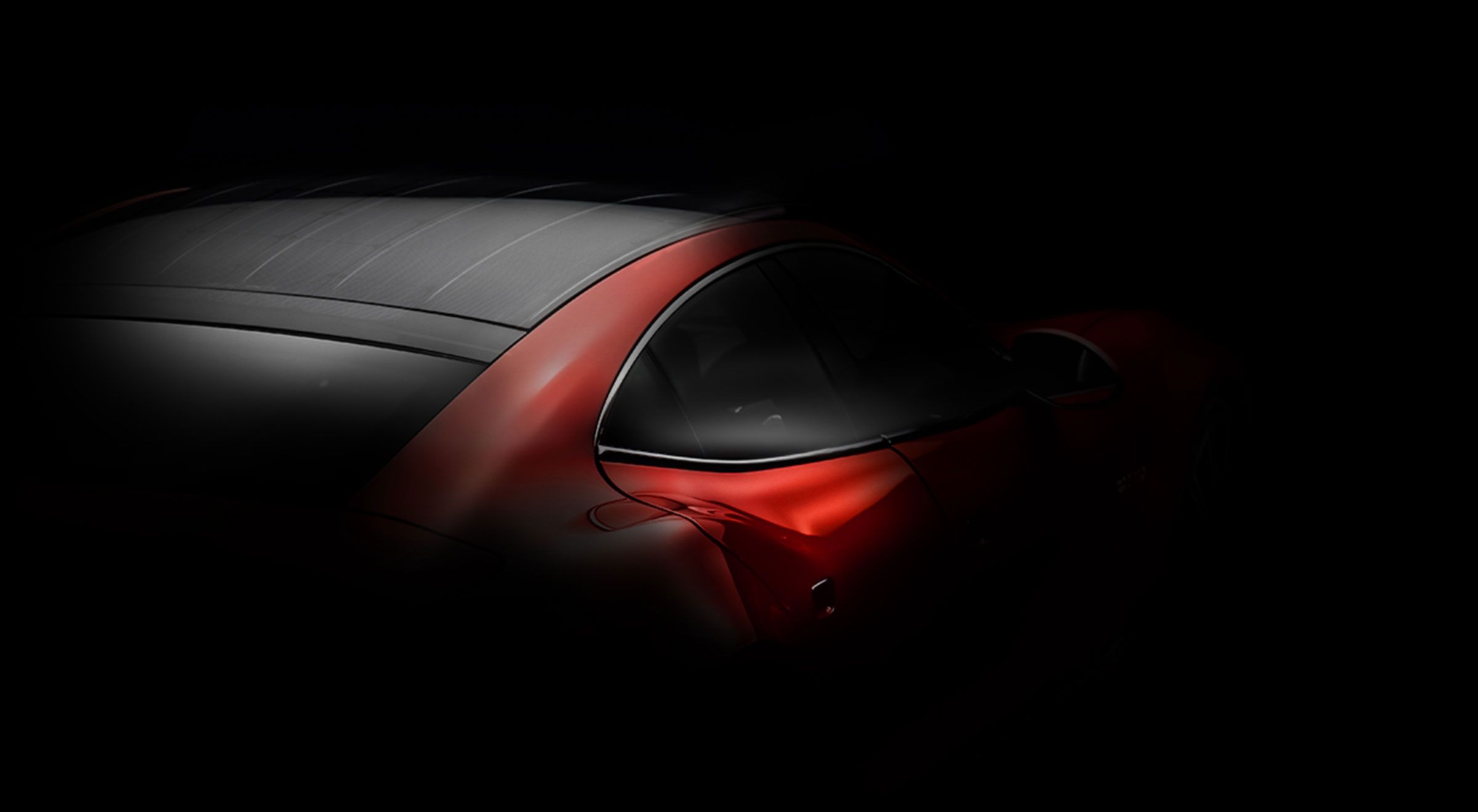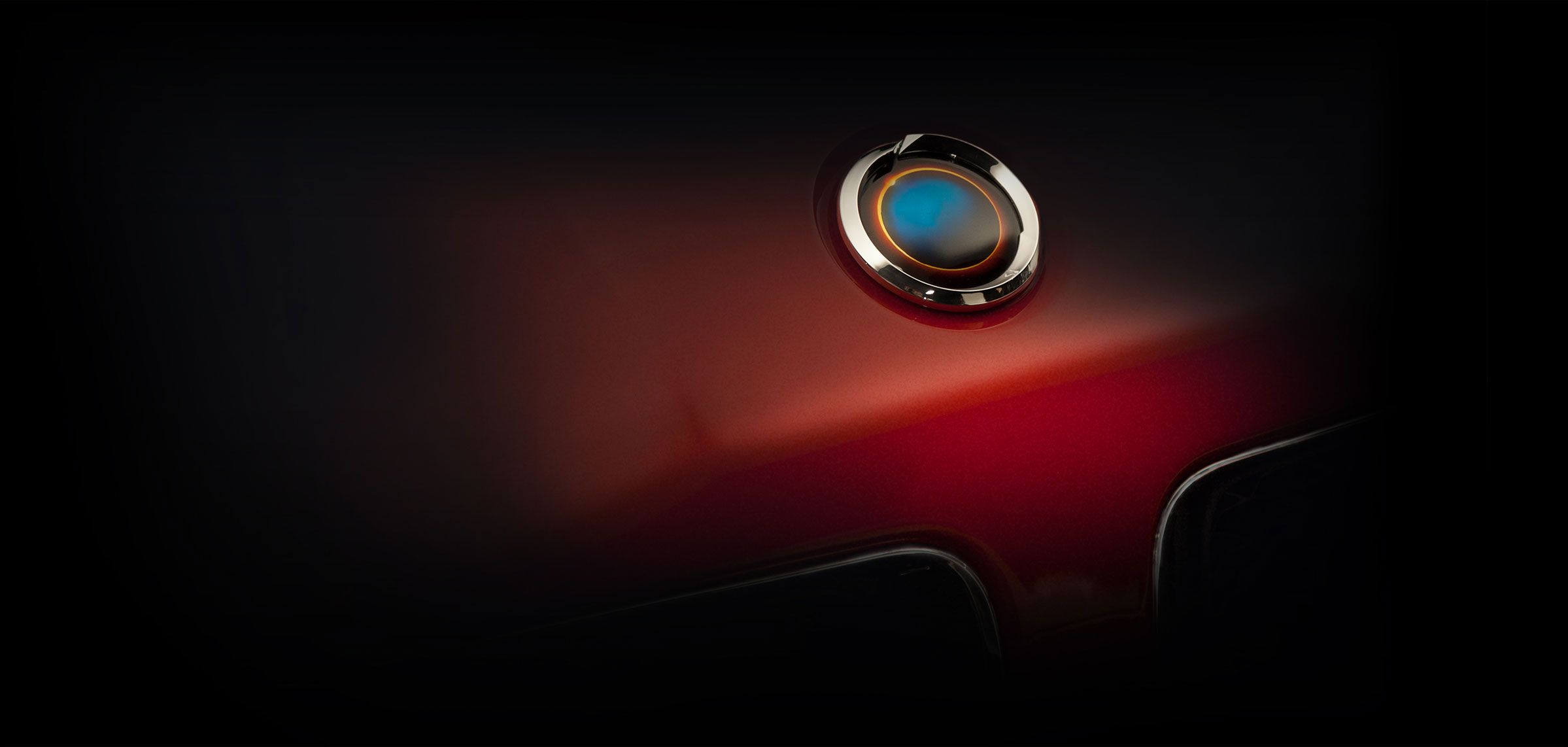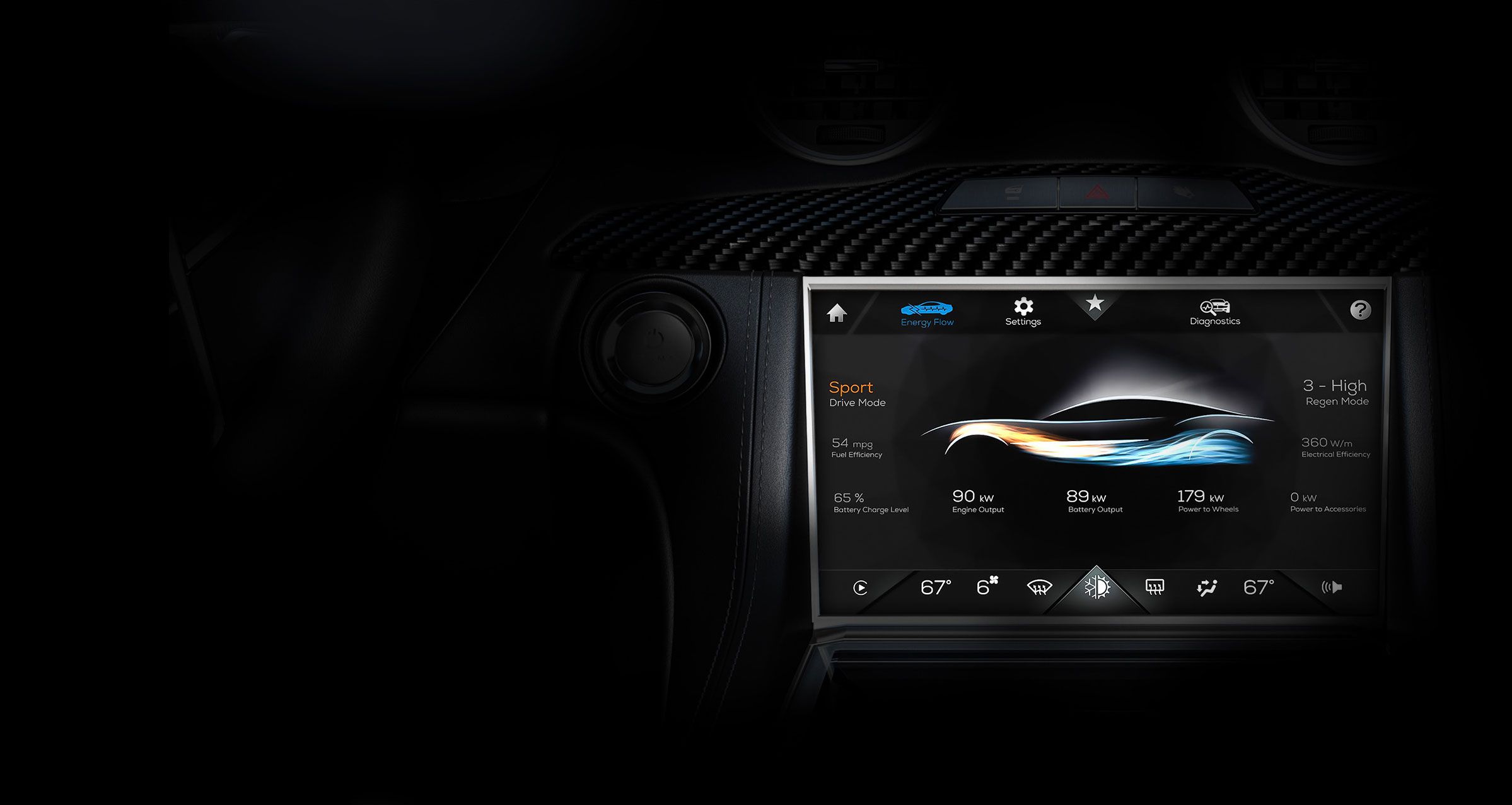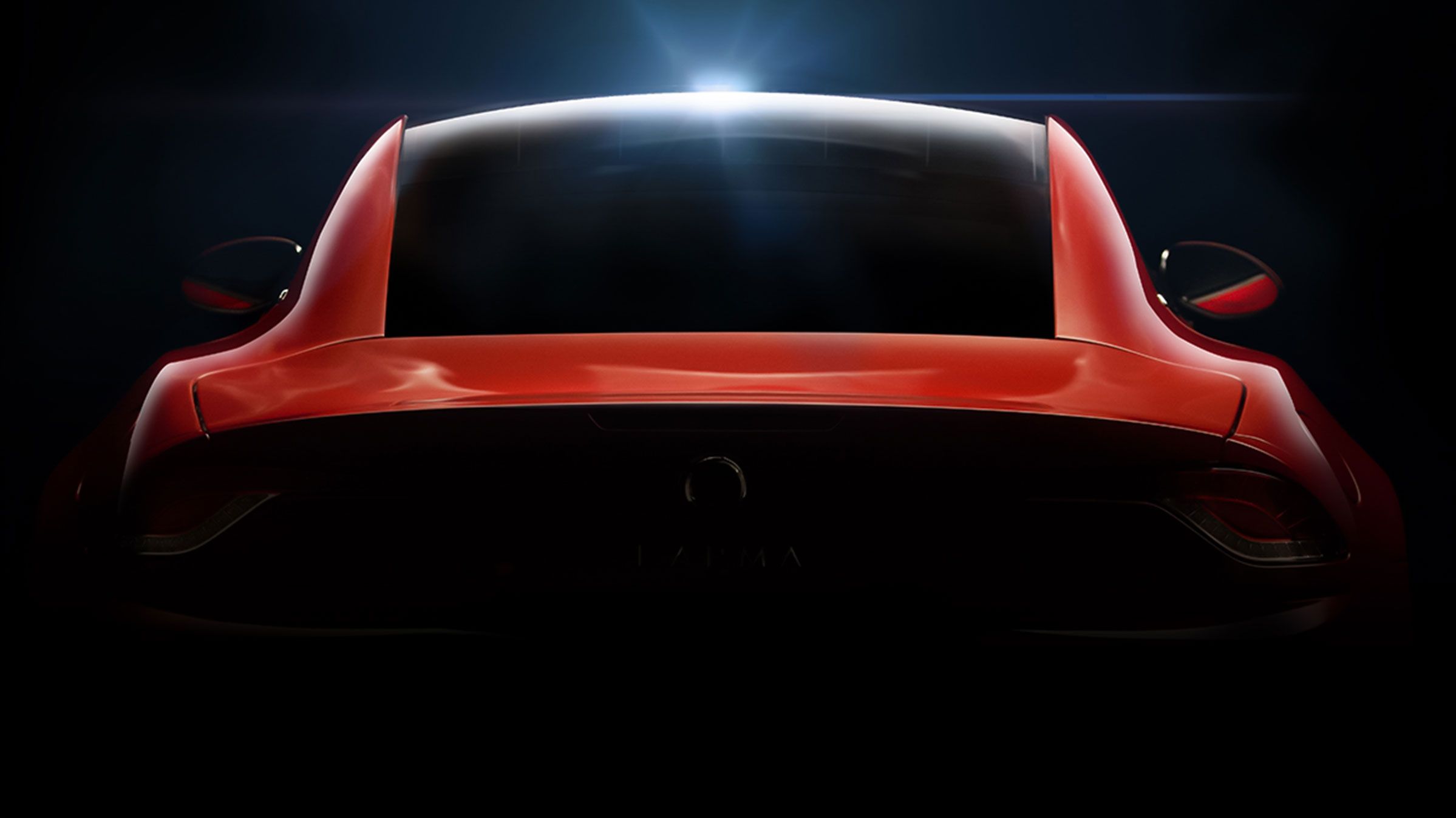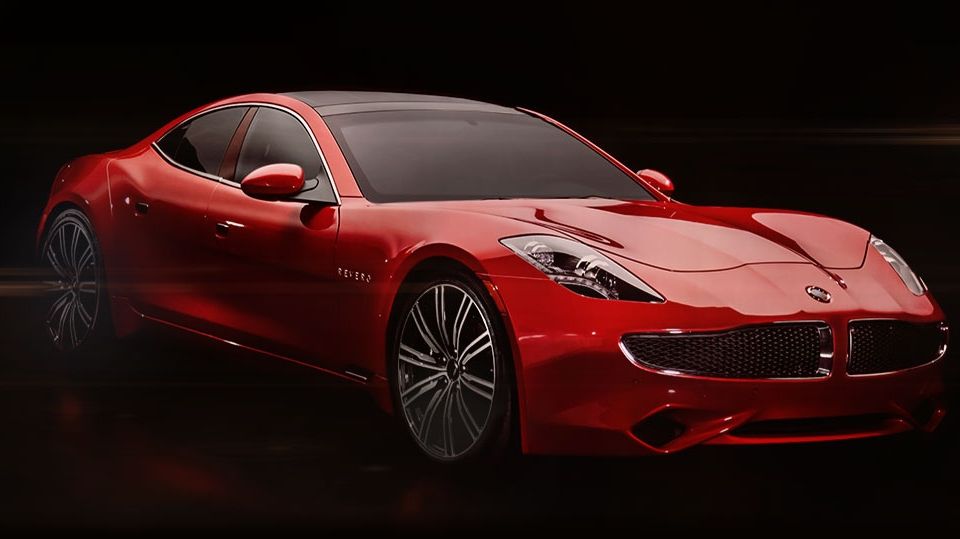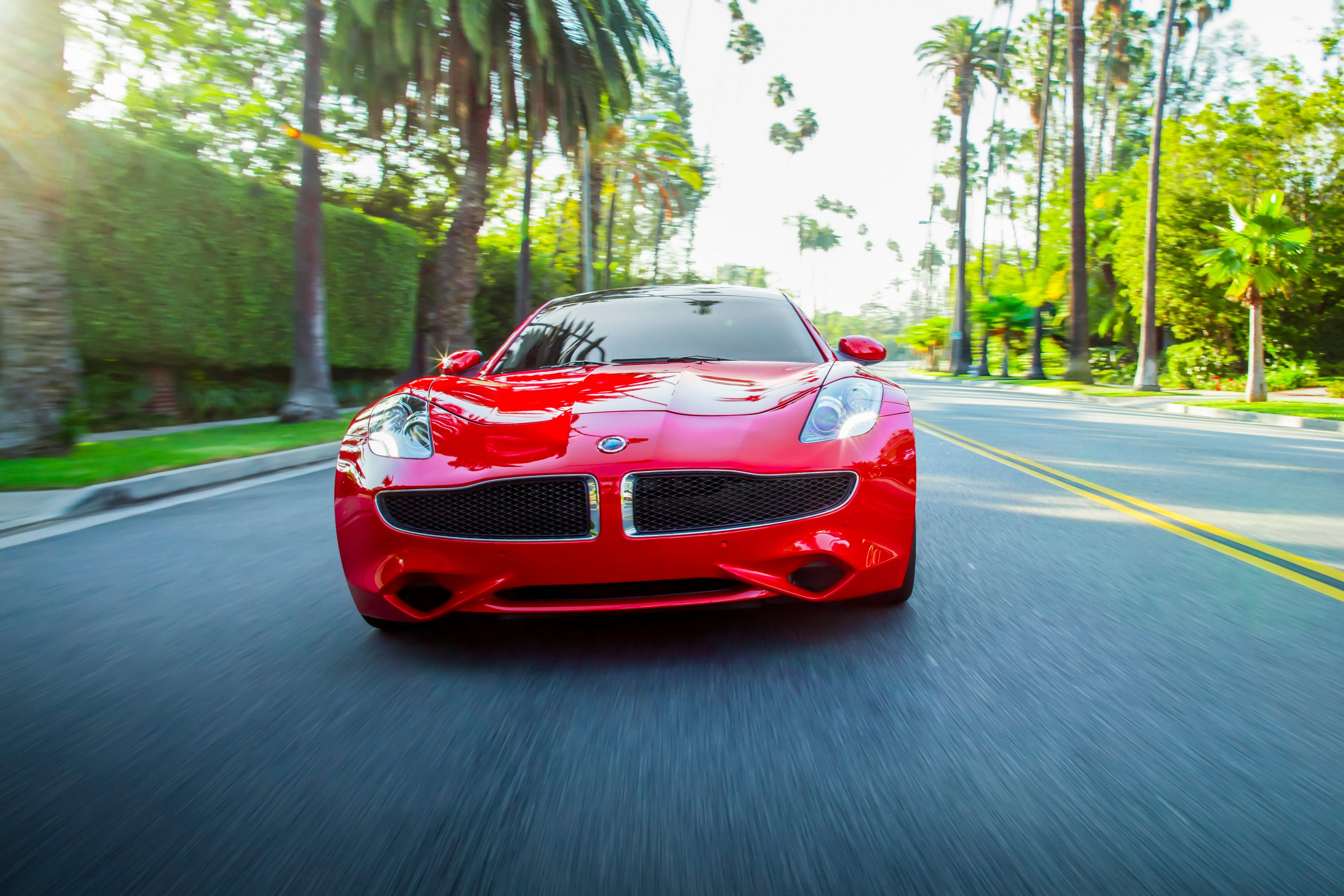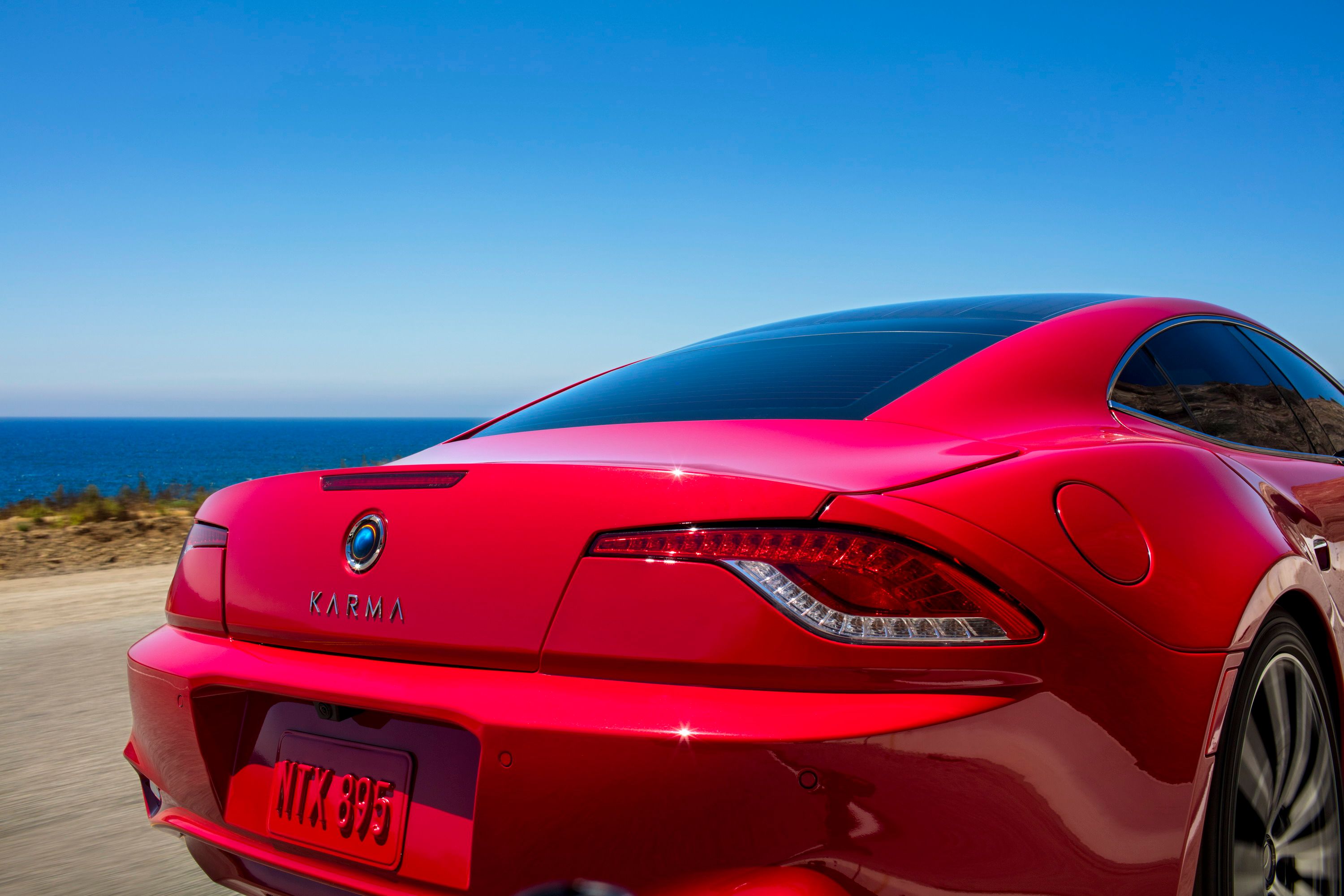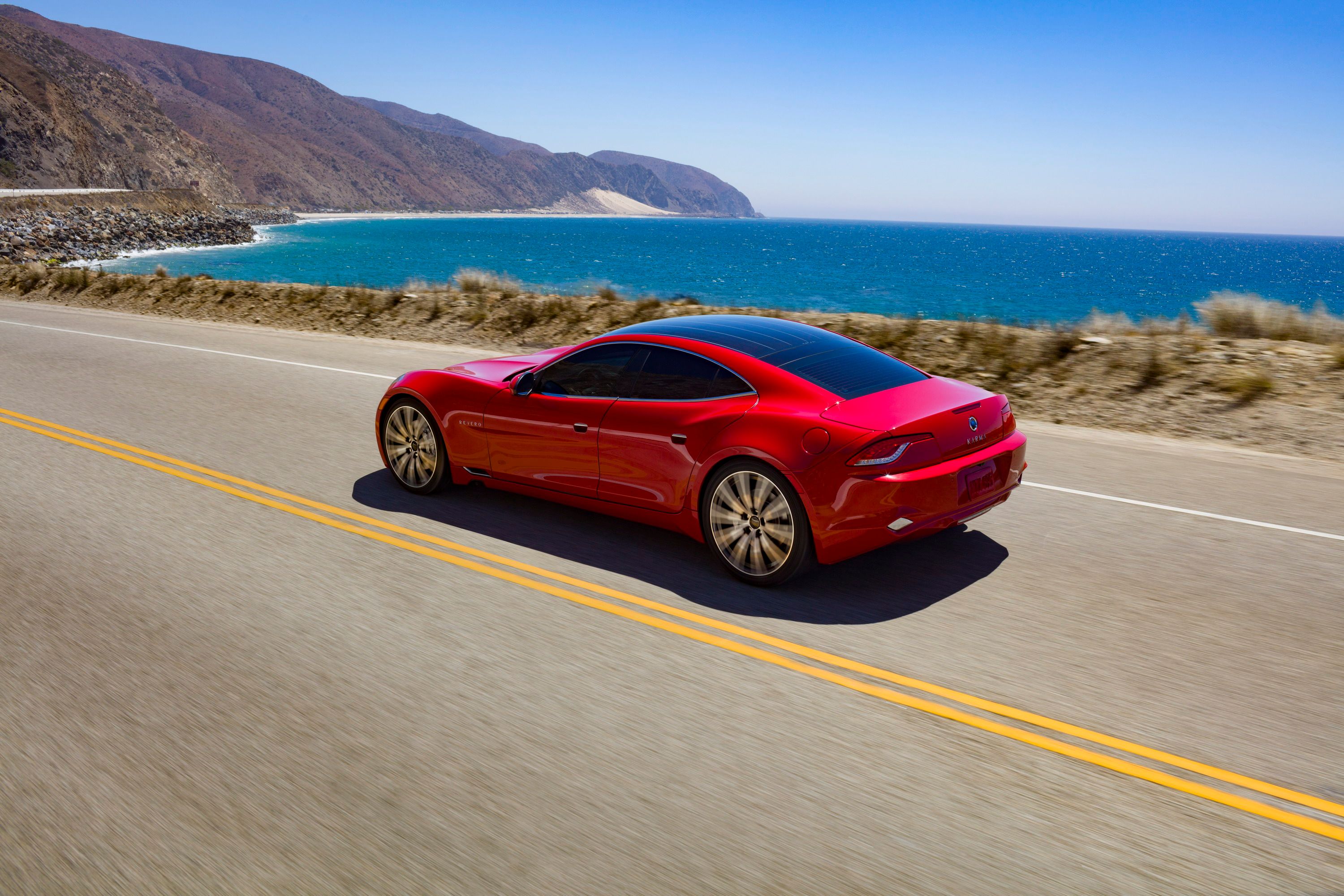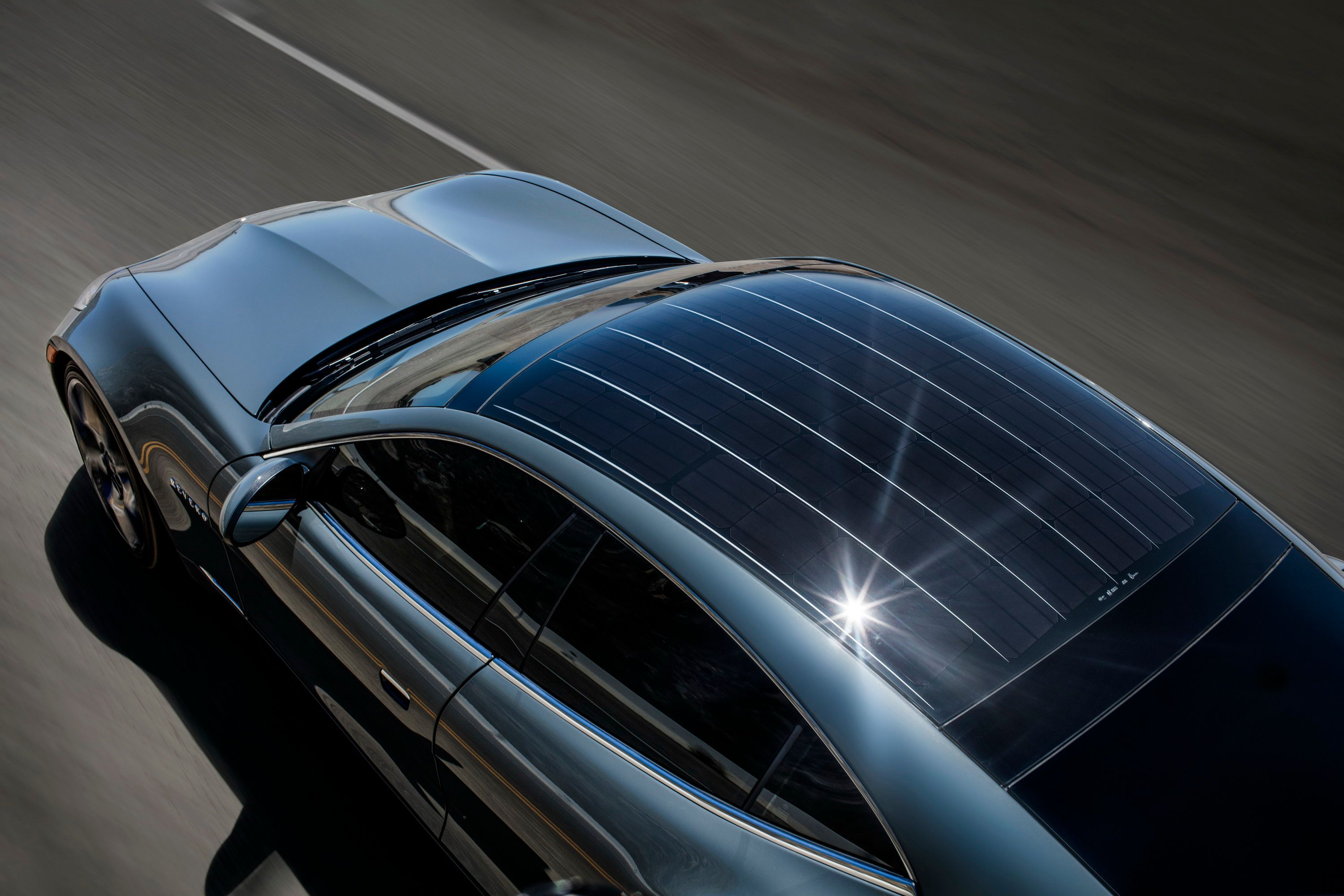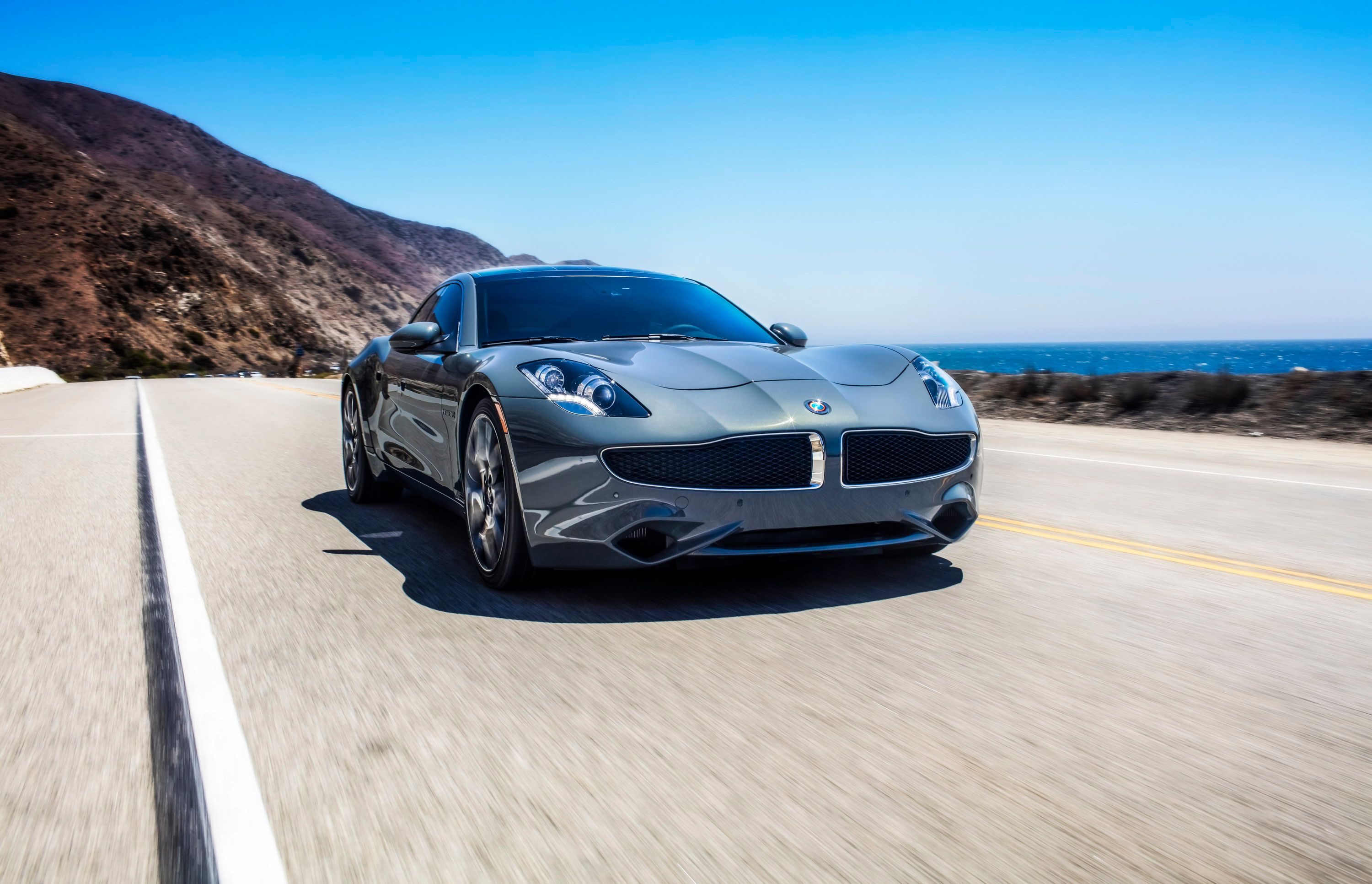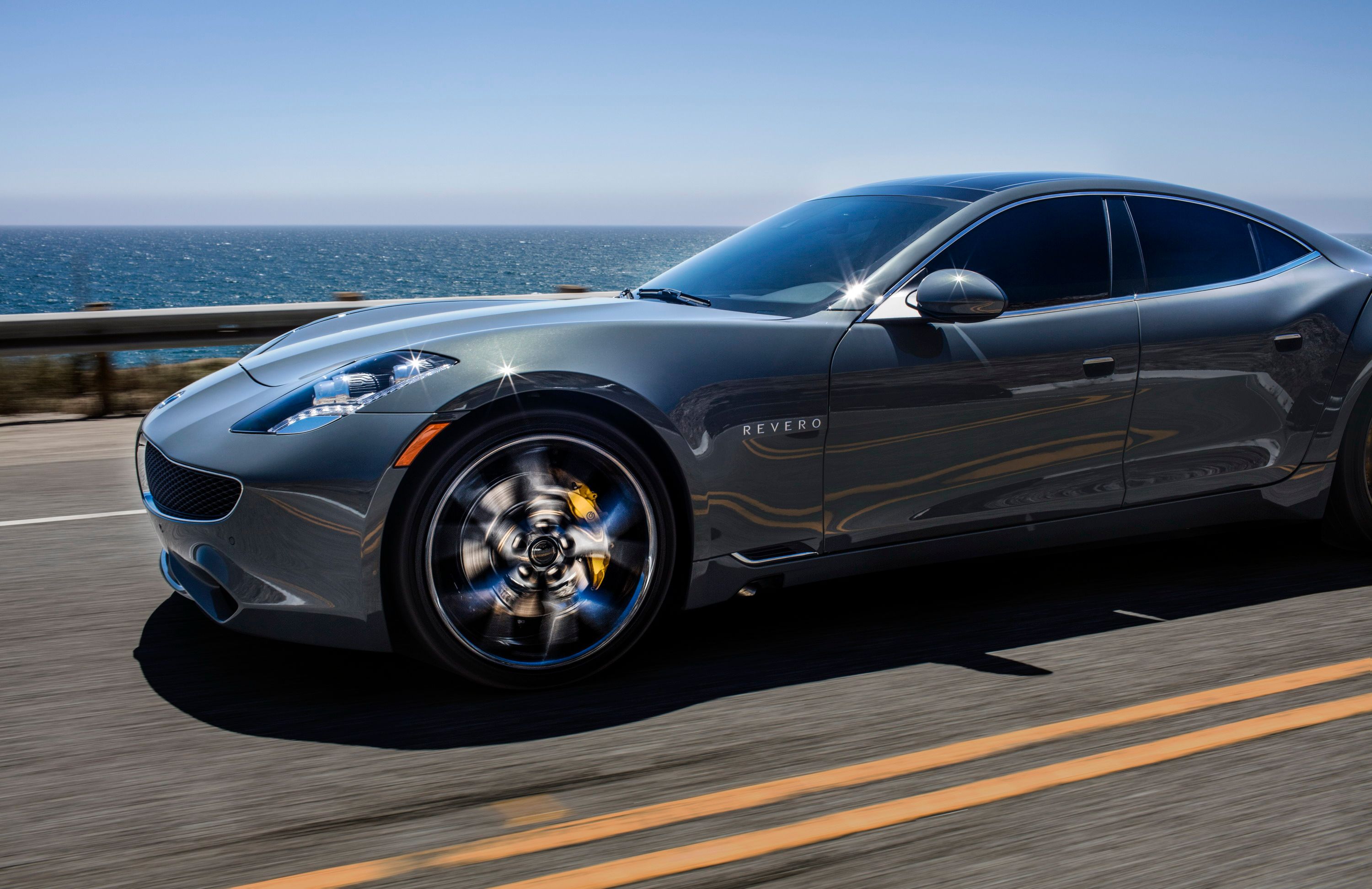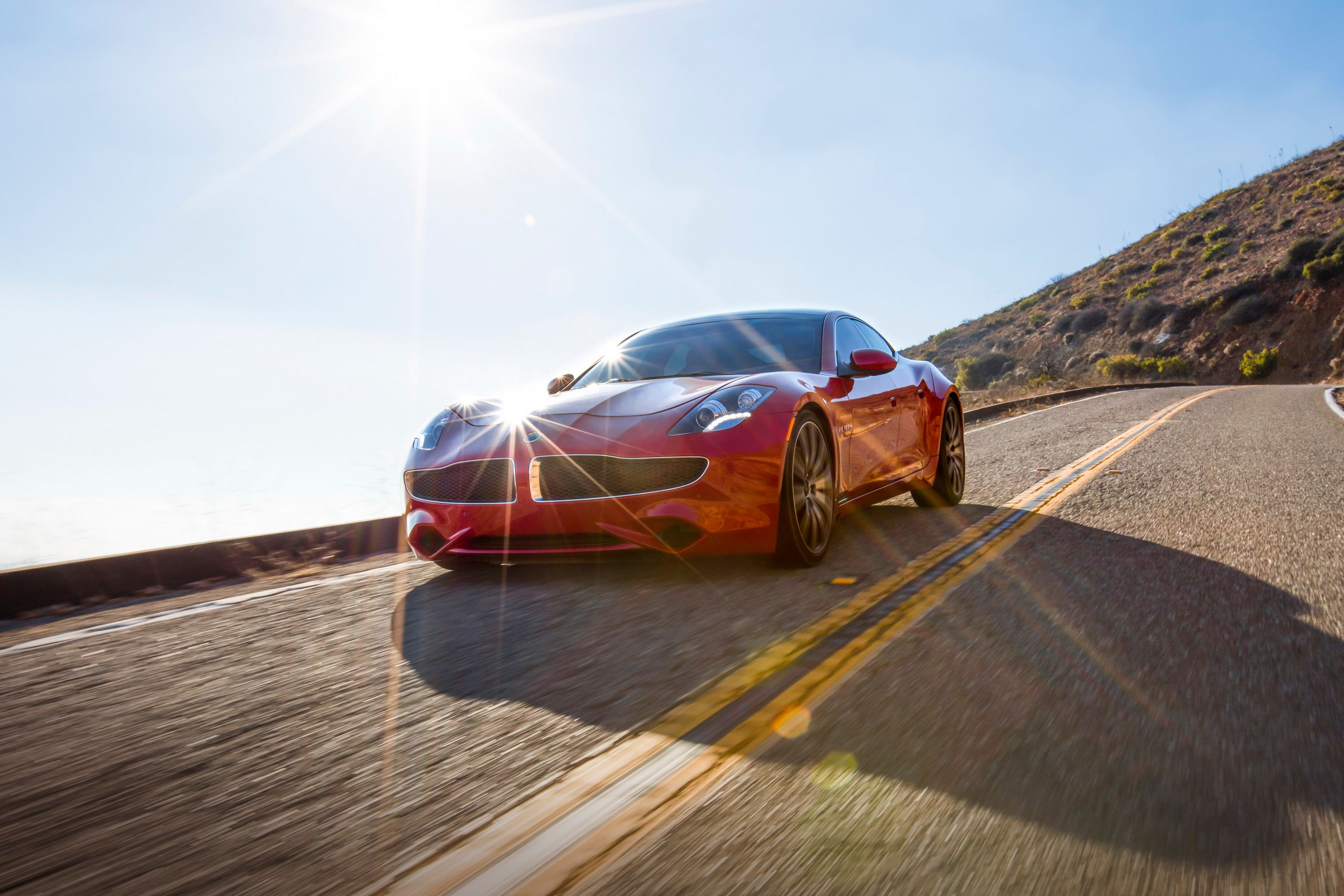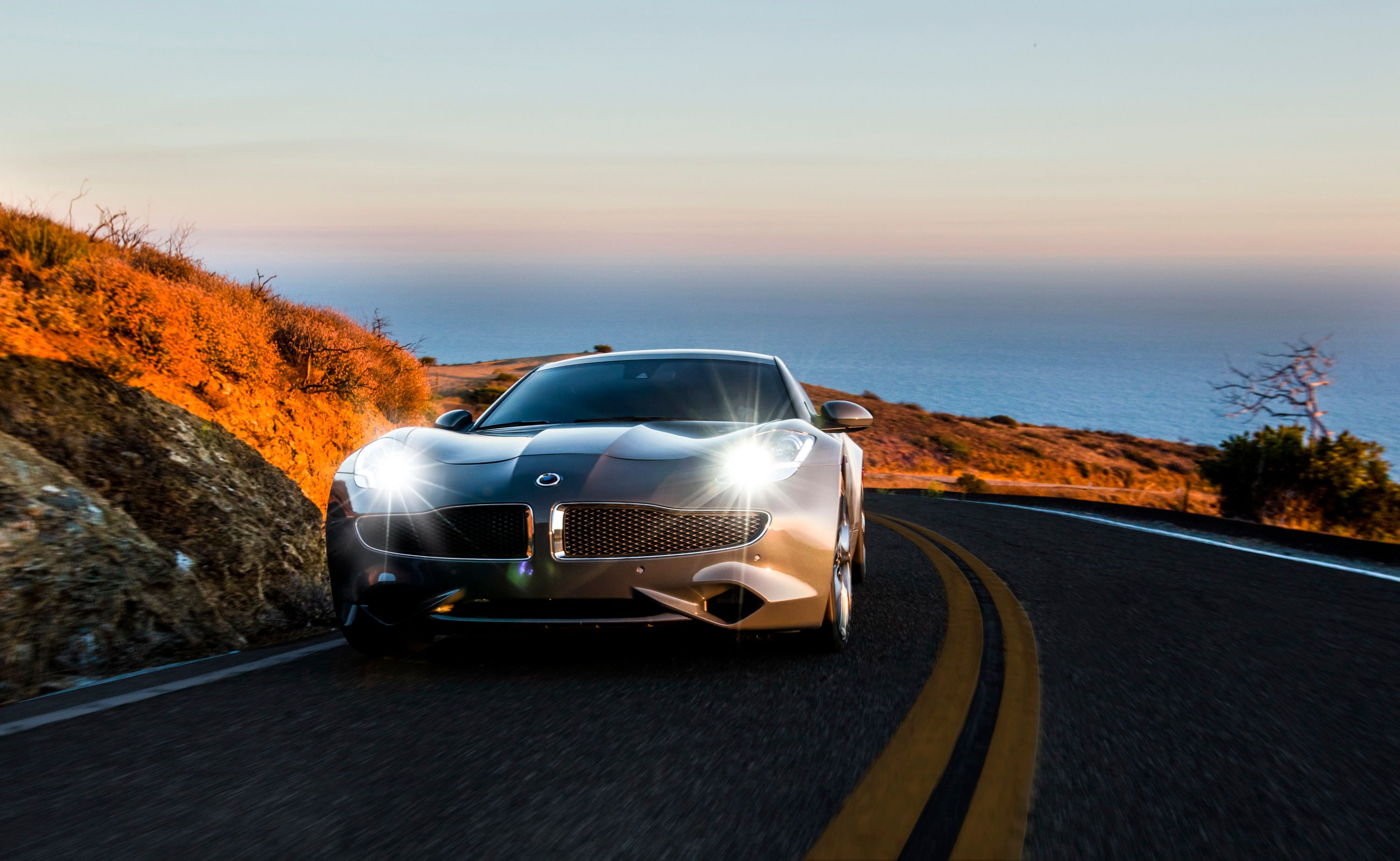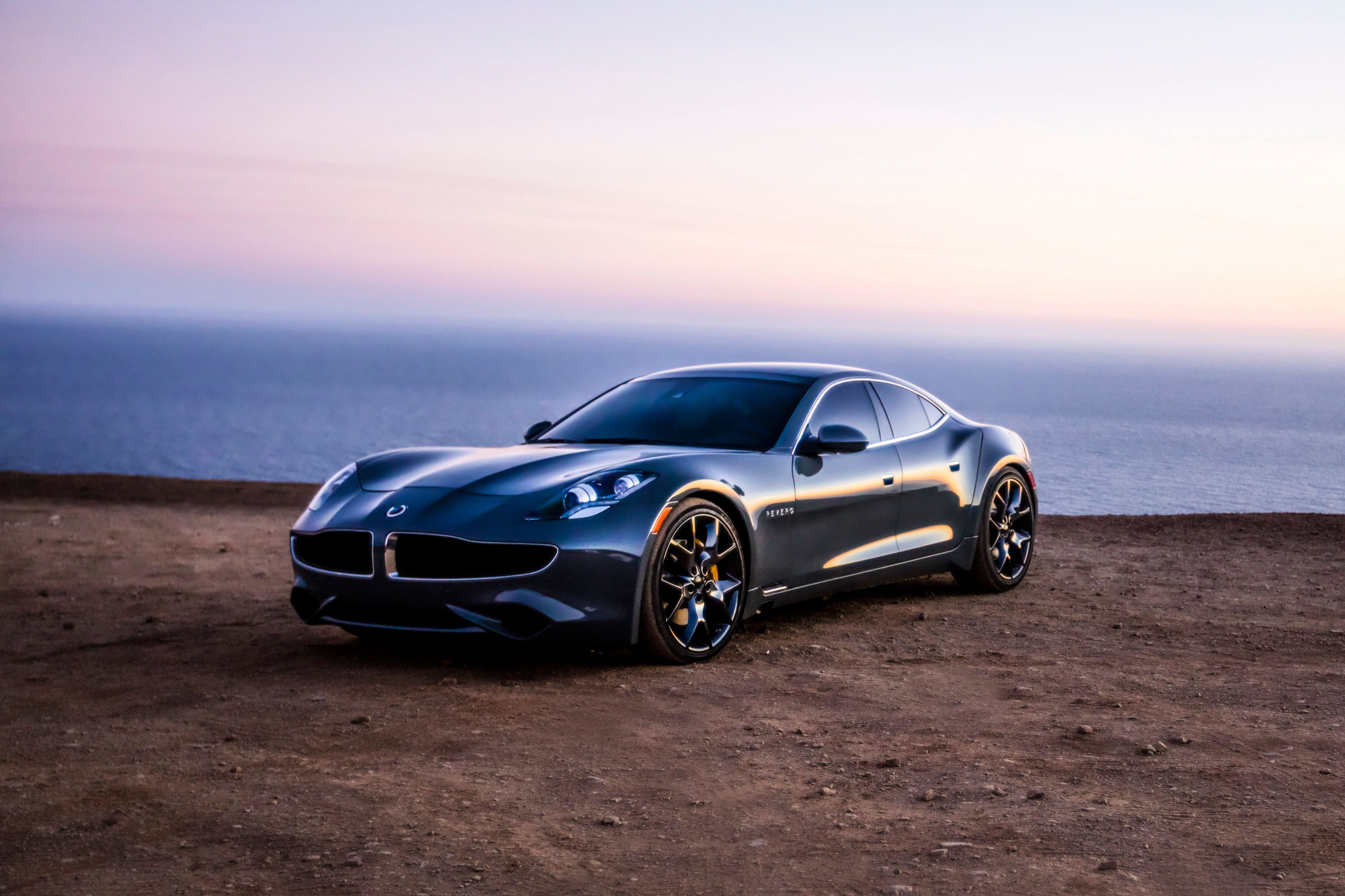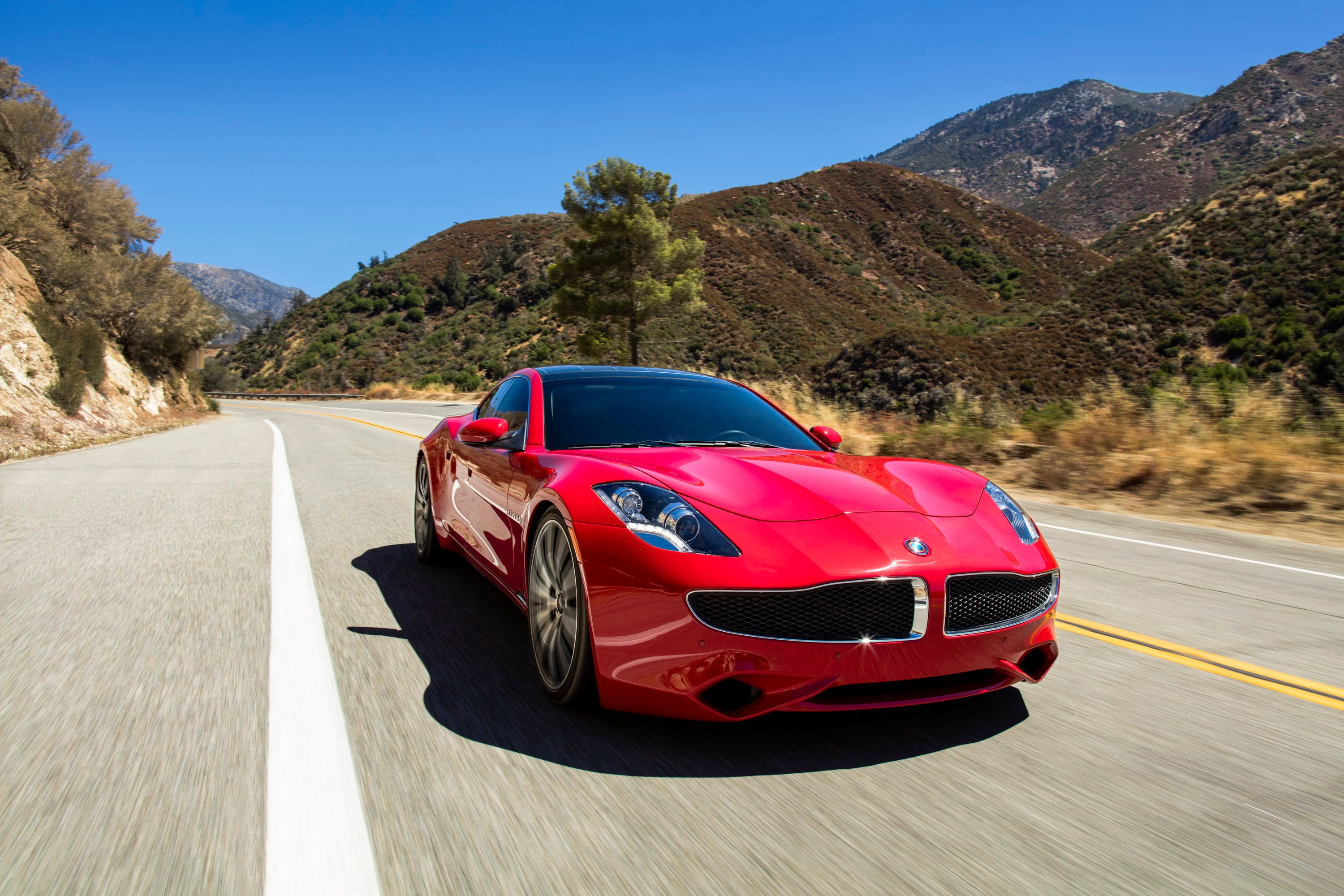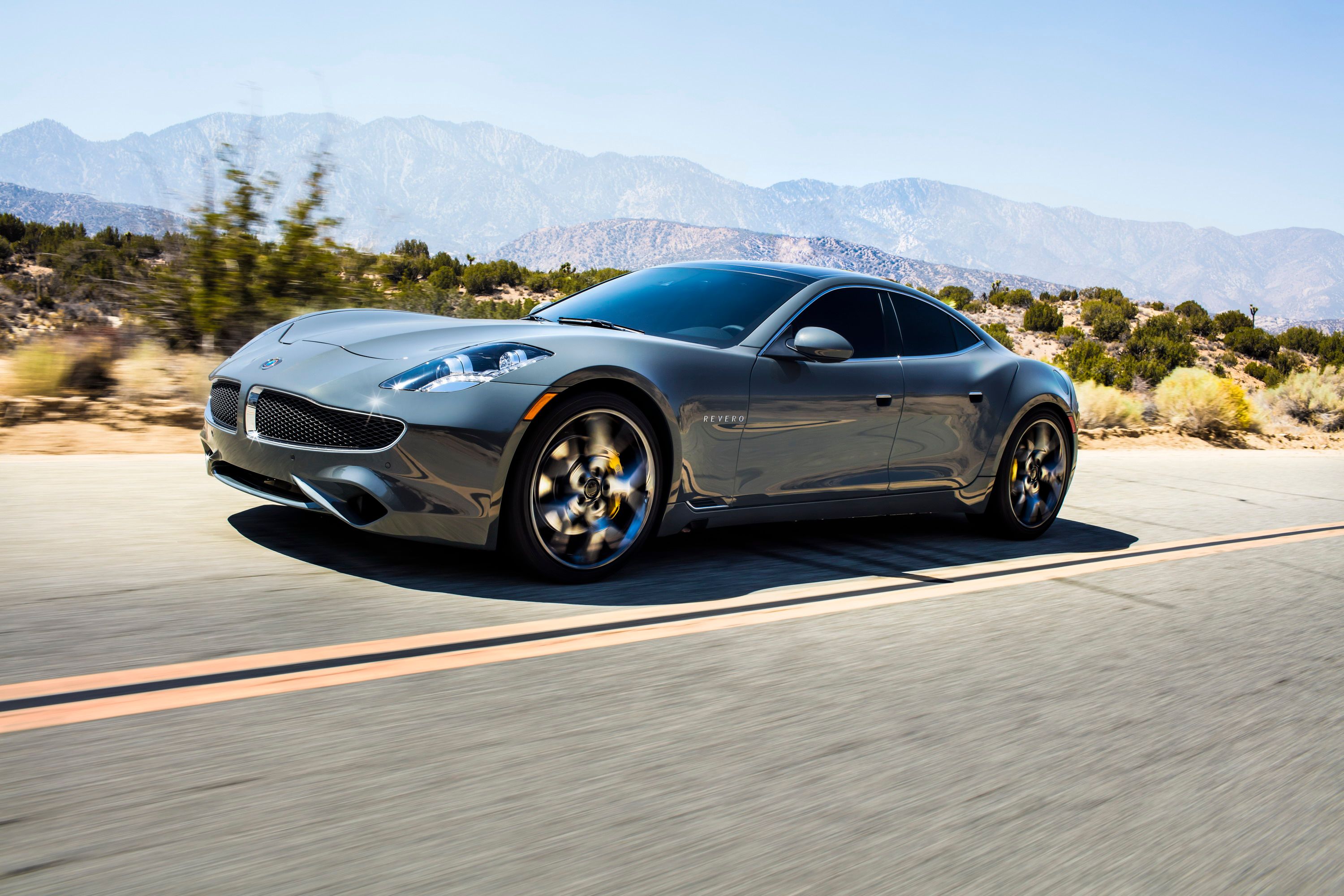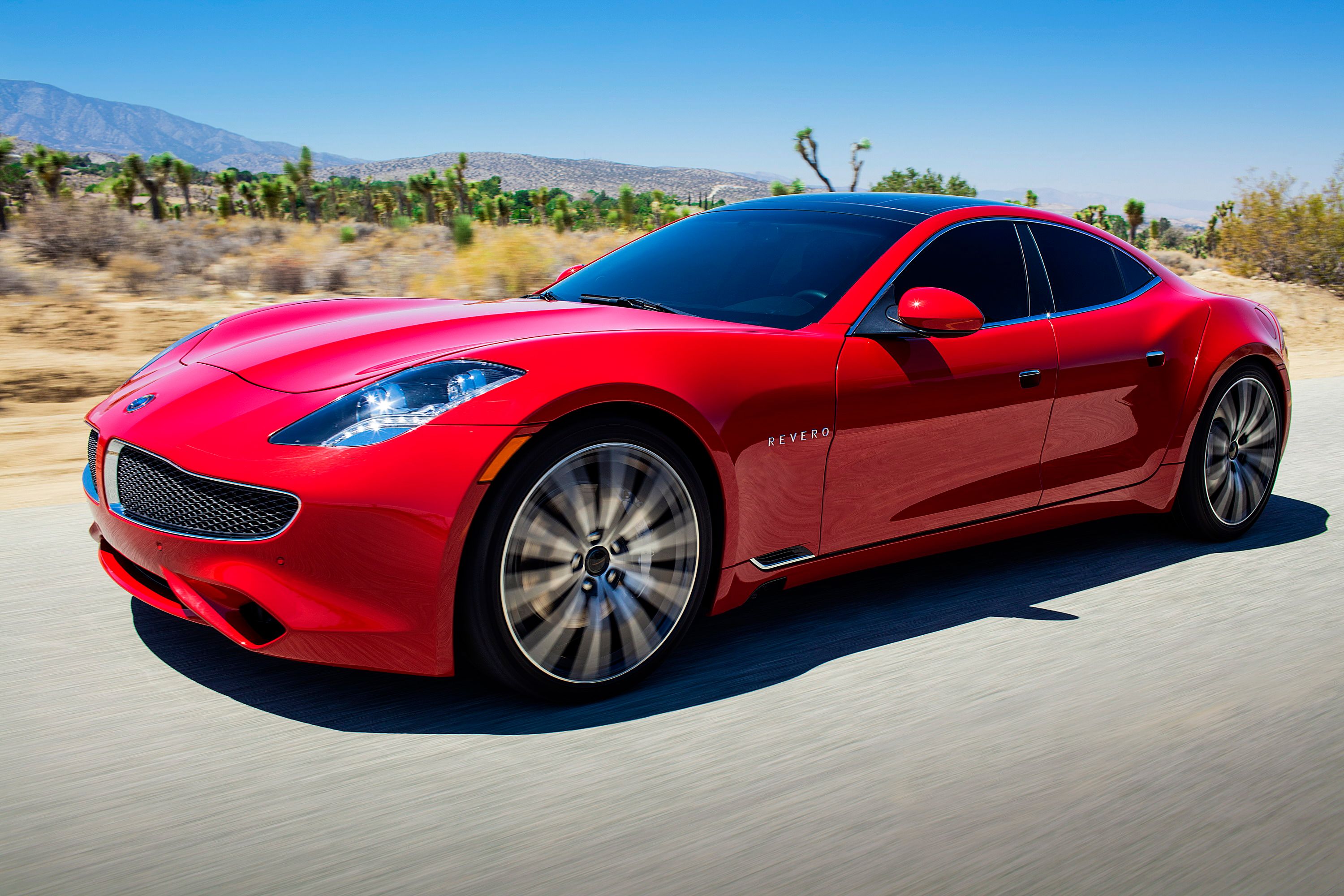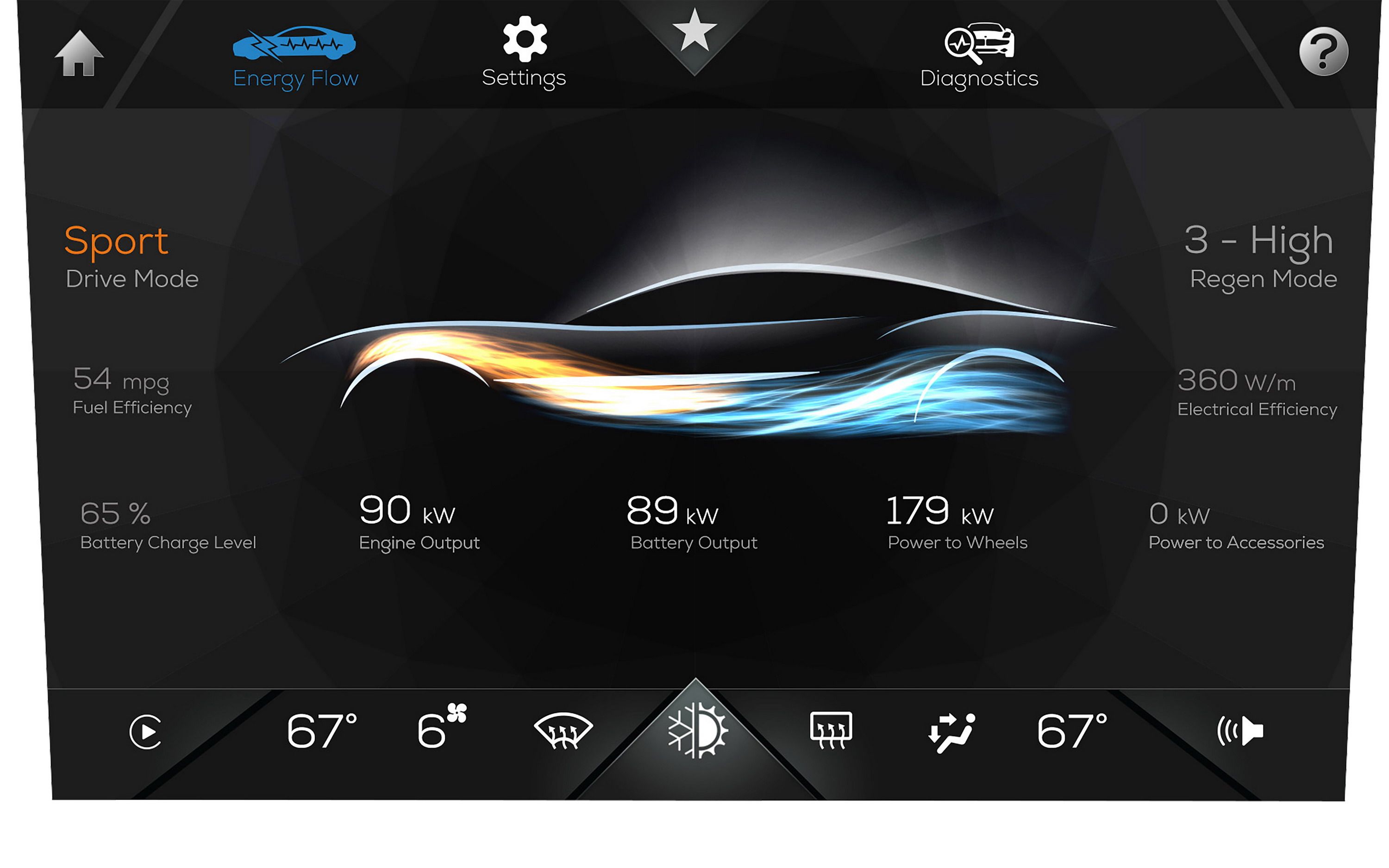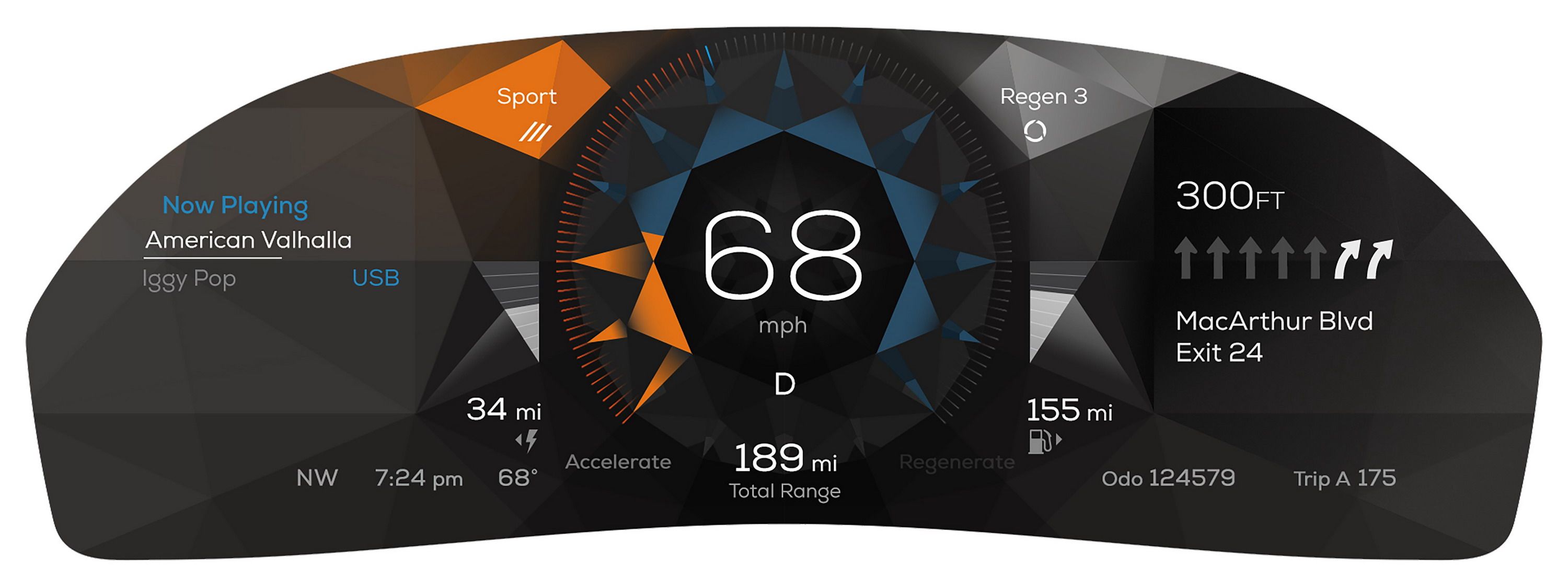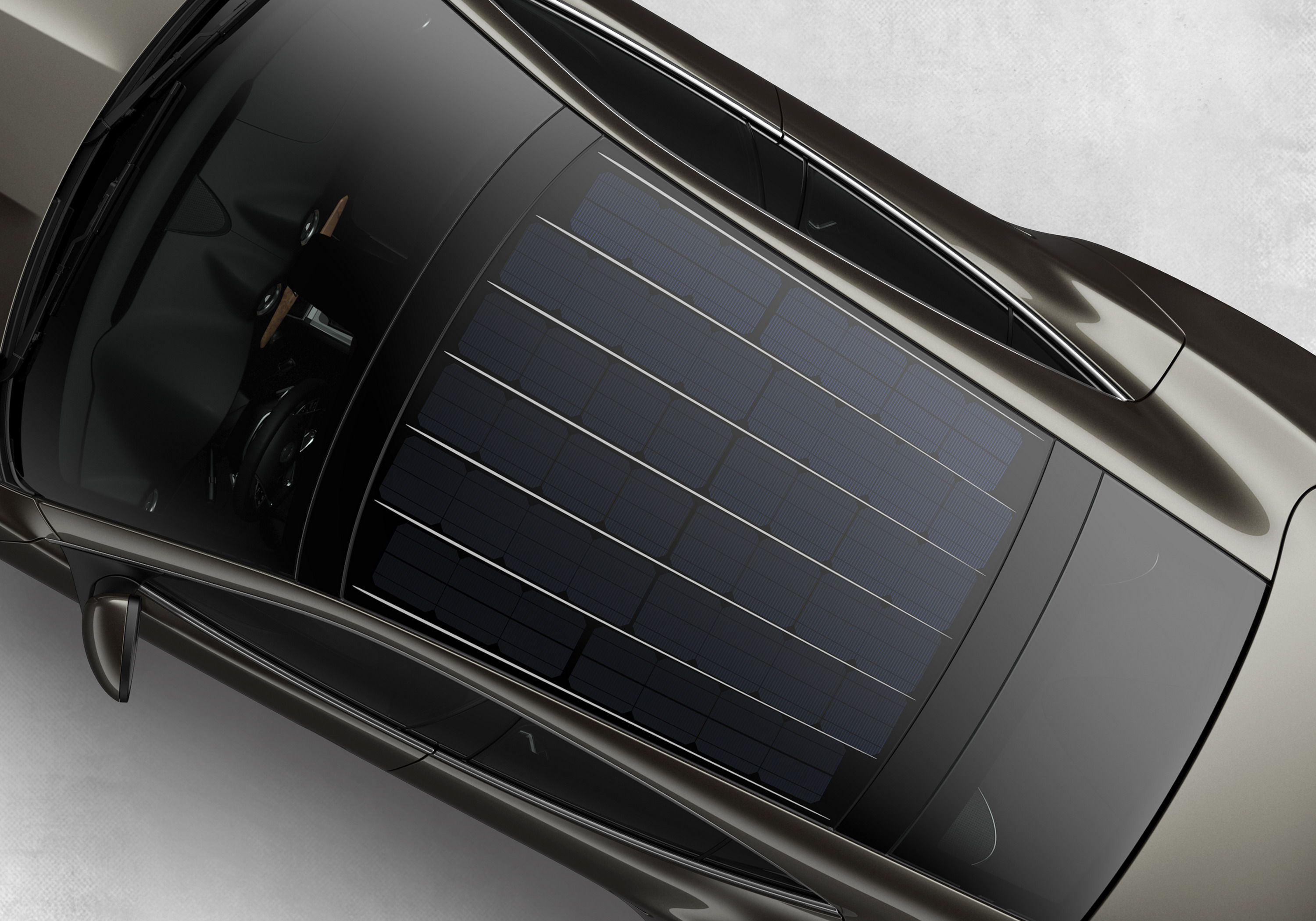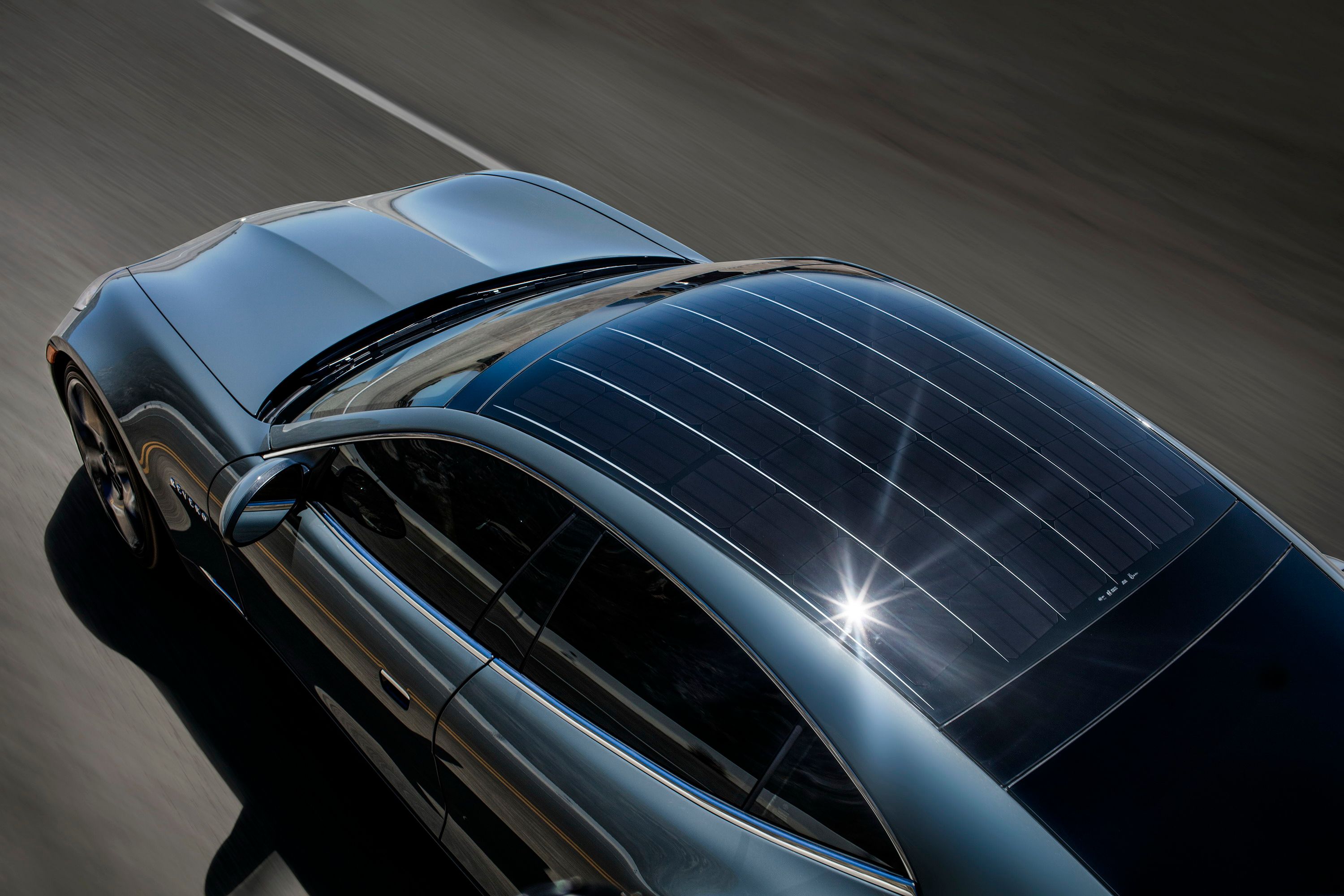Karma Automotive, previously known as Fisker Automotive, unveiled the preliminary details about the Revero, essentially an updated version of the hybrid sedan that Fisker built between 2011 to 2012. The exact details for the four-door are still under wraps for the most part, but the California-based company release a few pictures of the car, as well as a bit of information about the drivetrain.
But, before we dive into that, let's have a quick look at the history of this hybrid sedan that is about to return to the market after nearly four years.
Launched as the Karma in 2011, it was built by Fisker Automotive and designed by the company's founder, Henrik Fisker, the same man who penned the BMW Z8 and the Aston Martin DB9. Power was provided by two electric motors, while a turbocharged, 2.0-liter four-cylinder acted as a range extender.
Production was suspended in November 2012 due to financial difficulties after sales of around 1,800 units in North America and Europe. Fisker Automotive filed for bankruptcy in November 2013, after the United States Department of Energy auctioned its debt and sold it to Hybrid Technology LLC for US$25 million. Later on, Fisker's assets were sold to Chinese company Wanxiang, which announced plans to relaunch the Karma back in April 2015.
Meanwhile, the Fisker Karma was used as a starting point for the Destino, a V-8-powered sedan built by VLF Automotive. The company was founded by Bob Lutz and Gilbert Villarreal as VL Automotive and renamed when Henrik Fisker himself joined the automaker.
The new Karma Revero will be sold for the 2017 model year. The company says that existing Fisker Karma owners will gain exclusive access to a website that gives them the ability to reserve a Revero before the general public.
Updated 09/09/2016: Karma Automotive announced prices for its new Revero and also revealed that the company is now accepting orders for it. Full details on the "Prices" section. The announcement also comes with a series of new images and a new video. Check them out in the "Pictures" tab.
Continue reading to learn more about the 2017 Karma Revero.
2017 Karma Revero
- Make: Array
- Model: 2017 Karma Revero
- [do not use] Vehicle Model: Array
Exterior
Styling-wise, the Revero is pretty much identical to the Fisker Karma. This isn't surprising though, and definitely not a bad thing. Fisker's design was not only revolutionary for its era, but also stunning to look at. Often labeled as one of the most beautiful modern automotive designs, the Karma lives on almost unchanged. It's probably the main reason why Wanxiang made so many efforts to relaunch the car.
But while the body panels and construction remained the same, certain new features can be spotted upon closer inspection. First, the front grille dropped the vertical slats in favor of a honeycomb mesh. Second, the Fisker logos were replaced with new emblems featuring bright blue and yellow colors in a chrome ring. The badges are hand-painted and Karma claims that "no other car company has ever done this."
The Revero also retains the Karma's solar roof, which has been upgraded for increased efficiency. More on that in the drivetrain section below.
Exterior Dimensions
|
Wheelbase |
124.4 Inches |
|
Length |
196.8 Inches |
|
Width |
84.0 Inches |
|
Height |
52.4 Inches |
|
Weight Distribution |
47/53 |
Interior
Karma had nothing to say about the car's interior, but this doesn't necessarily mean that the cabin carries over unchanged. Not that it would be a bad thing, but I'm thinking Karma will at least offer a few new upholstery options. The overall design of the original car was pretty simple, yet modern, blending fine leather with subtle aluminum and chrome inserts, and even wood trim atop the center console and in the door panels. The sedan's two-tone upholstery was especially attractive and hopefully Karma will continue to offer that.
One important change was made in the technology department, in the form of a new infotainment system. Karma didn't have much to say about it, but mentioned that the new system "represents a departure from the norm. It is simple, intuitive, and beautiful. If you like a 200 page supplement to the owner’s manual to describe your infotainment system, look elsewhere." It doesn't sound bad at all.
Drivetrain
Based on the specs Karma has released so far, not much has changed in the drivetrain department. The company quotes a 20 mpg rating when using the gasoline engine, 52 mpge economy overall, a 5.5-second 0-to-60-mph sprint, and a 125-mph top speed, meaning it's powered by the same twin-electric motor and 2.0-liter Ecotec engine sourced from General Motors. However, Karma says the Revero will have a 50-mile range in electric mode, which is an 18-mile improvement over the Fisker Karma. This could mean new battery technology, but it could also have something to with the upgraded solar roof. The company also claims that the solar roof "will create enough energy to power the car," but further information is not yet available.
Prices
Pricing for the Karma Revero starts from $130,000, which is within the initial $125,000 to $150,000 estimates. The sticker accounts for a $28,000 premium over the base Fisker Karma and a $14,000 premium over the previous range-topping model. It might sound like a lot given that the Revero is based on an older platform, but it's actually reasonable given the updated technology and new luxury features.
Competition
Tesla Model S
Although not a fully electric vehicle, the Fisker Karma has been viewed as a competitor for the Tesla Model S from the very beginning due to its outlandish design and luxurious interior. The Karma Revero will reignite the rivalry as soon as it becomes available to customers. Unlike the Revero, the Model S can be had with several drivetrains. The base model, which is on par with the Karma, has a 60 kWh battery (382 horsepower) that returns a 210-mile range. This version hits 60 mph from a standing start in 5.5 seconds and a top speed of 130 mph. At the other end of the lineup lies the P90D model, which has a beefed-up 90 kWh battery (691 horsepower) and all-wheel drive for a 0-to-60 mph sprint of 3.1 seconds, a top speed of 155 mph, and a 270-mile range. The Ludicrous Speed Upgrade (762 horsepower) reduces the acceleration time to just 2.8 seconds. The Tesla can be equipped with all sorts of state-of-the-art features, including Autopilot, Smart Air Suspension, rear-facing third-row seats, and a high-amperage charger. Pricing starts from $66,000 before incentives, but climbs up to $109,500 for the P90D model.
Find out more about the Tesla Model S here.
Porsche Mission E
Porsche's first-ever EV is not yet ready to hit the market, but it will arrive in 2020. Based on the concept car unveiled in 2015, the Mission E is also a sedan that is oriented toward the luxury segment. Although details remain scant, the production version of the Mission E will use drivetrain technology from the Le Mans-winning, 919 Hybrid race car, as well as technology currently not available in road cars. Output is estimated at over 600 horsepower. The German sedan is likely to be the most expensive of the bunch.
Learn more about the Porsche Mission E concept here.
Conclusion
While the original Fisker Karma was somewhat of a fiasco and it's drivetrain is far from impressive compared to what Tesla has to offer nowadays, I'm glad that the four-door hybrid is returning after its long, four-year break. Mostly because it sports a unique, beautiful design that didn't have as much time as it deserves on the market, but also because it's one of those exclusive cars that gives the industry the exotic touch it needs now and then. It's still too early to say whether the Karma Revero will do better than the Fisker Karma, but for the time being let's welcome Henrik's gorgeous design back on the streets.


